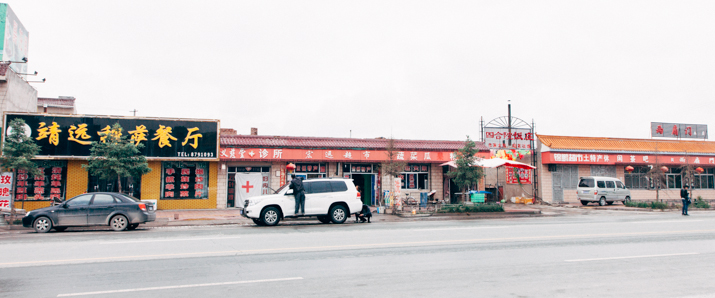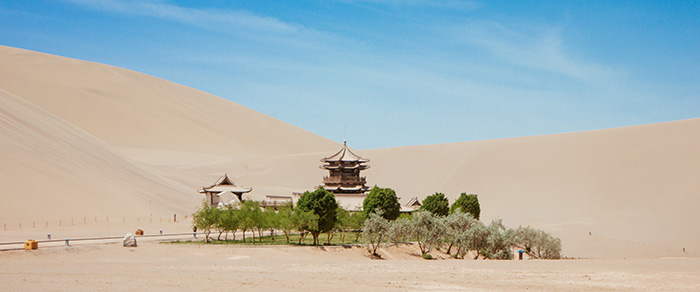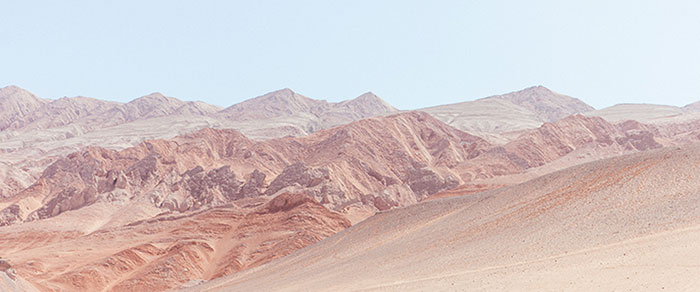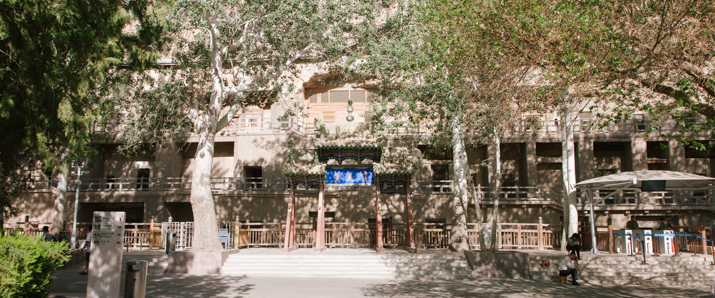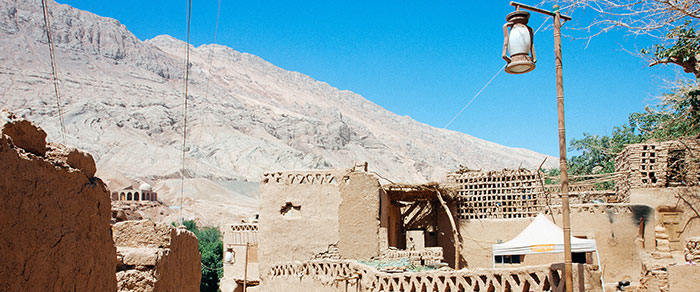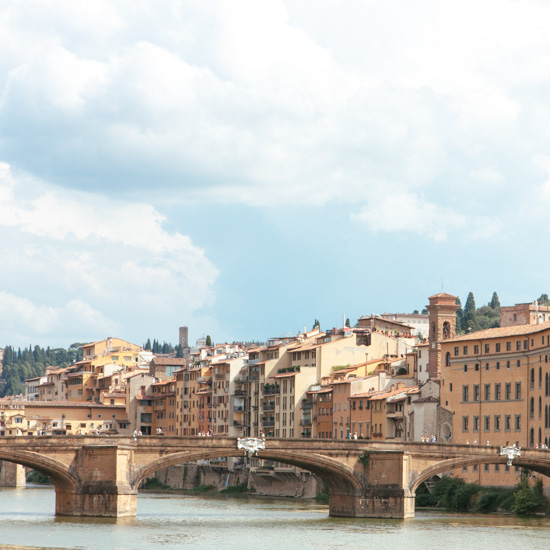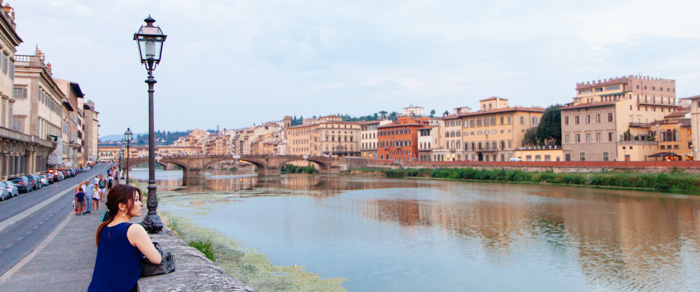Art, Utility and Risk of the Ceilings
Spiritual beings clad in fancy flowing costumes were spread out on a colourful celestial canvas, forever frozen in motion upon the rocky ceiling.
The ceilings unadorned were a marvel in themselves. They are cut in a square, truncated pyramidal pattern that reaches for the corners of each cave, every tier broader than the last. This solid formation enabled them to bear the weight of the heavy mountains with ease, thus reinforcing their hollow bosoms and all the treasures they contain.
The ceilings were also the most treacherous surface to paint. Artists had to ascend perilous scaffolding and lie flat for hours to dab colours onto the jagged surface. While they are an eternal sight to behold, many artists lost their sight to the unpredictable crumbling of debris.
A 360 degree interactive view of some amazing ceilings (with Chinese commentary):
Cave 61 (Five Dynasties, 907 – 960 CE)
Cave 245 (Western Xia, 1038 – 1227 AD)
The Biggest Dynastic Influence – Tang
The Tang dynasty has always been the most popular period in Chinese history in terms of artistic advances, and the caverns influenced by this era were no different.
Comprising of a bold primary colour wheel of red, green and blue, the paintings are well preserved thanks to the usage of expensive dyes gathered from all over Central Asia and India.
Lucy likes the art from the Tang period best due to the fact that expression was granted freedom then, permitting artists to create without fear of repercussion. The angelic beings from this dynasty were all experimental in style, proving an interesting study.
Up to recent years, it is ironic that how a lot of “good” Chinese art is defined through the accurate replication of Tang styles – a period where freedom of expression and creativity flourished.
To be continued…
To Read from the Beginning: A Thousand Years in the Mogao Grottoes: #1
Or Just the Previous Entry: A Thousand Years in the Mogao Grottoes: #2
More from china
Writing
The Passage to Lanzhou: #2
Photography
The Crescent Lake of Mingsha Shan
Photography
The Rich Silk Route History of Turpan: Part 1
Writing
A Thousand Years in the Mogao Grottoes: #1
Writing
An Observation on Chinese Culture: Part 1
Writing
A Thousand Years in the Mogao Grottoes: #5
Photography
The Rich Silk Route History of Turpan: Part 2
Writing
A Thousand Years in the Mogao Grottoes: #4
Writing
The Passage to Lanzhou: #1

